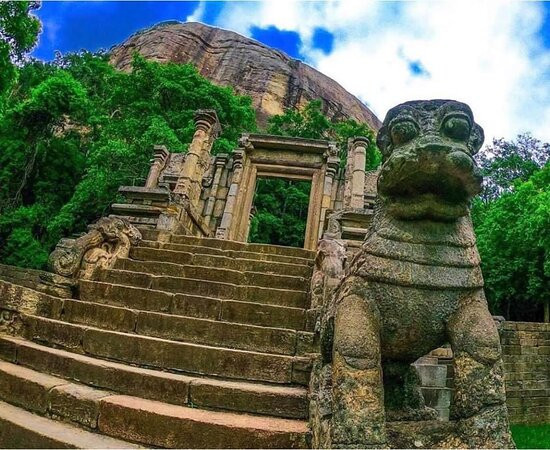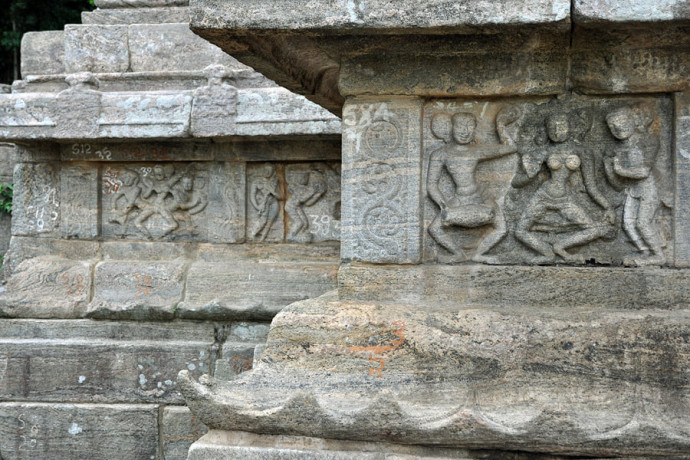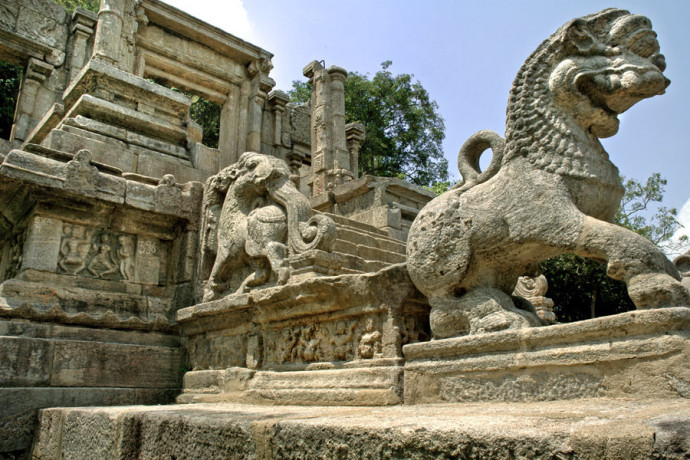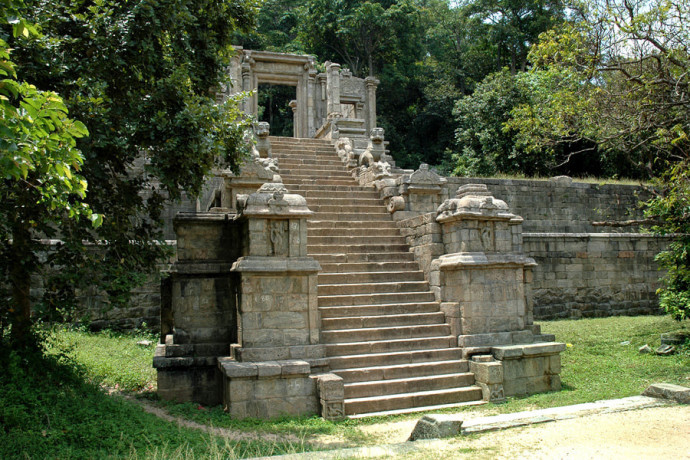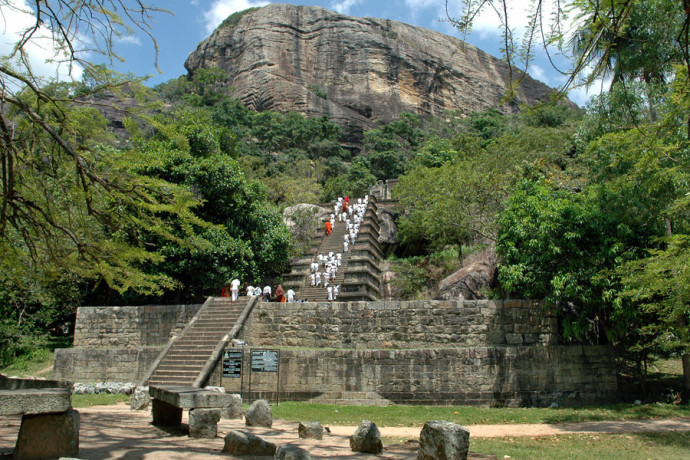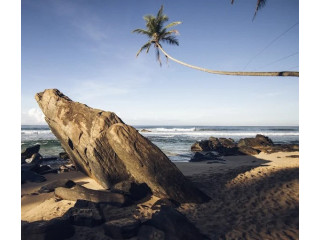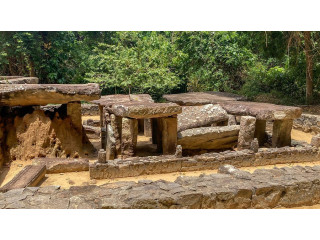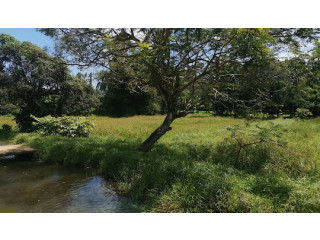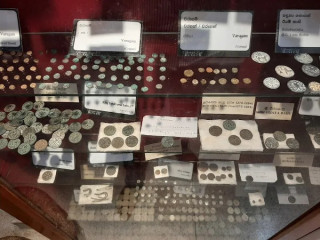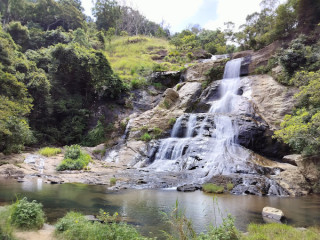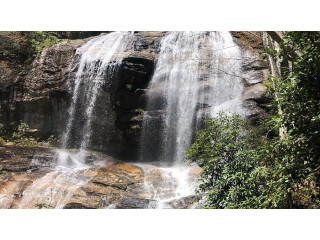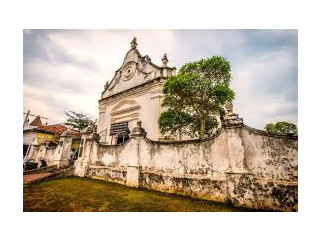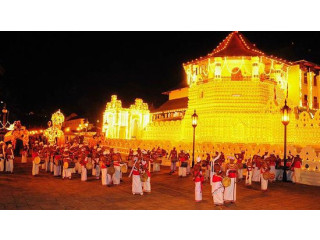Yapahuwa Citadel: A Historic Gem of Sri Lanka in Anuradapura
Sep 2nd, 2024 at 19:17 Tourist Attractions & Places Anuradhapura 178 views Reference: 3128Location: Anuradhapura
Overview: The Yapahuwa Citadel is an ancient fortified city located in the North Western Province of Sri Lanka. Known for its historical significance and impressive architectural remains, Yapahuwa offers a fascinating glimpse into the island's medieval past and serves as a testament to the ingenuity of ancient Sri Lankan engineering and artistry.
Location:
- Location: Yapahuwa is situated near the town of Maho, approximately 140 kilometers (about 87 miles) north of Colombo and 90 kilometers (about 56 miles) southeast of Anuradhapura.
Historical Significance:
- Date: The Yapahuwa Citadel was established in the late 13th century CE, during the reign of King Bhuvanekabahu I (1273–1284 CE). It served as a temporary capital during a period of political instability in Sri Lanka.
- Purpose: Yapahuwa was strategically constructed as a fortress and royal residence, reflecting the need for fortified protection and centralized power during the era.
Architectural Features:
**1. The Fortress:
- Design: Yapahuwa is built on a steep rock outcrop, which provides natural defense and strategic advantage. The citadel’s layout includes complex defenses, including walls, moats, and gates.
- Access: The main entrance is characterized by a grand staircase leading up to the summit. The approach includes a series of terraced levels with defensive walls and bastions.
**2. The Lion's Staircase:
- Description: The Lion's Staircase is one of Yapahuwa’s most distinctive features. It is an elaborately carved stone staircase leading to the top of the citadel. The staircase is adorned with intricate lion motifs and decorative elements, showcasing the artistic craftsmanship of the period.
**3. The Royal Palace:
- Ruins: Remnants of the royal palace can be seen at the summit of the citadel. The remains include the foundations of royal quarters and administrative buildings, offering insights into the layout and grandeur of the ancient complex.
**4. The Relic Chamber:
- Significance: Yapahuwa is known for its relic chamber, where the sacred Tooth Relic of the Buddha was temporarily housed. The relic was an important symbol of royal legitimacy and religious significance.
**5. Artifacts and Carvings:
- Decorations: The site features several stone carvings and sculptures, including motifs of lions, elephants, and intricate patterns. These artistic elements provide clues about the artistic and cultural influences of the time.
Visiting Tips:
**1. Best Time to Visit:
- Season: The best time to visit Yapahuwa is during the dry season, from January to April and August to December, when weather conditions are more favorable for exploring the site.
- Time of Day: Early morning or late afternoon visits can help avoid the heat and provide better lighting for photography.
**2. What to Bring:
- Footwear: Wear comfortable walking shoes suitable for climbing stairs and uneven terrain.
- Sun Protection: Bring sunscreen, a hat, and sunglasses to protect yourself from the sun.
- Water: Carry sufficient water to stay hydrated during your visit.
**3. Guided Tours:
- Local Guides: Consider hiring a local guide to gain deeper insights into the history and significance of the citadel. Guides can provide valuable context and enhance your understanding of the site.
**4. Respect for the Site:
- Preservation: Follow all guidelines for preserving the site. Avoid touching or climbing on delicate carvings and structures.
- Local Customs: Respect local customs and the cultural heritage of the site.
**5. Facilities:
- Amenities: Basic facilities such as restrooms and small refreshment stalls may be available near the site. However, it’s advisable to plan for additional needs before visiting.
The Yapahuwa Citadel stands as a remarkable testament to Sri Lanka’s medieval history, offering a blend of architectural grandeur, artistic expression, and historical significance. Its dramatic setting and well-preserved ruins make it a captivating destination for history enthusiasts and travelers exploring Sri Lanka’s rich cultural heritage
